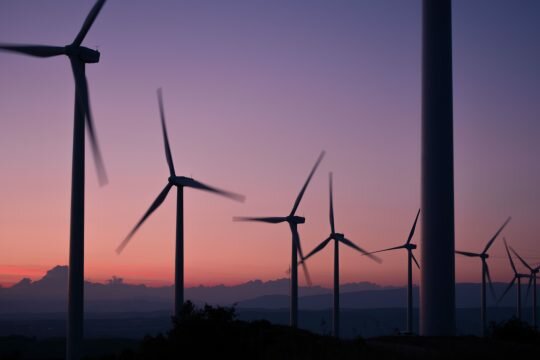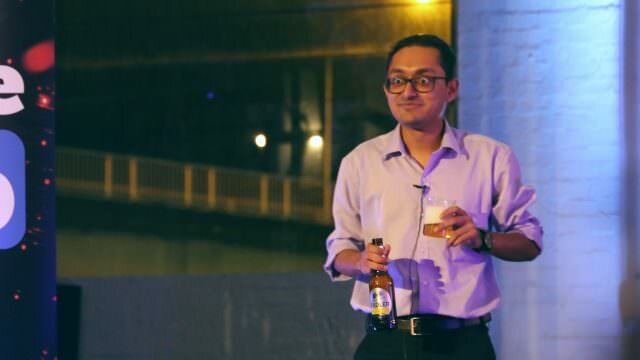Last updated March 15, 2018 at 10:44 am
The biggest barriers to reaching the Paris climate goal of 1.5 °C are global inequality and uncontrolled energy demands, according to new modelling.

In Paris the world agreed to limit warming to 1.5 °C. What the world did not do, was figure out how exactly to get to that target.
Joeri Rogelj from the International Institute for Applied Systems Analysis (IIASA) in Zurich used a suite of scenarios to figure out just how feasibility hitting the 1.5 degree target is.
“One of the goals of the Paris Agreement is to limit warming to 1.5 °C, but scientific studies mainly looked at the question of limiting warming to 2 °C. This study now fills this gap and explores how climate change by the end of the 21st century can be brought in line with 1.5 °C of warming. Individual studies have looked at this question in the past, but this study is the first to use a broad and diverse set of models,” says Rogelj.
Related: Paris climate agreement won’t stop sea level rise – what the experts say
A pathway to hitting the Paris Agreement target, according to research published in Nature Climate Change.
What will the future look like?
The team modelled five different pathways for the future
- A “green-growth” scenario, where the world pursues sustainability
- A middle of the road, business as usual pathway
- A “Regional rivalry, a rocky road” pathway where resurgent nationalism, concerns about security and regional conflicts push countries to focus on domestic or regional issues at the expense of international co-operation.
- A “road divided” pathway of inequality, where the gap between rich and poor widens and power becomes concentrated.
- A Fossil -fueled development pathway, where fossil fuels continue to drive economic and social development.
The pathway to 1.5 degrees needs fast, co-ordinated action
This research, published in Nature Climate Change, shows that there are several different ways that we can reach the 1.5 degree target. All the successful pathways included a rapid shift away from fossil fuel use, lowered energy demand, and removed CO2. The biggest risks of failure were in the high growth, unequal and energy intensive scenarios of pathways 3, 4 and 5.
“Our assessment shows particularly the enormous value of pursuing sustainable development for reaching extreme low climate change targets. On the other hand, fragmentation and pronounced inequalities will likely come hand-in-hand with low levels of innovation and productivity, and thus may push the 1.5°C target out of reach,” says IIASA Energy Program Director and coauthor Keywan Riahi.
The challenges are huge, but not impossible.
“The study provides decision makers and the public with key information about some of the enabling conditions to achieve such stringent levels of climate protection,” says Rogelj.
This finding comes after research published last week in Lancet, showing that although the costs of implementing the Paris climate agreement are huge (estimated at $39.7-56.1 trillion for global implementation), they could be offset by health savings made by tackling air-pollution reated disease and death, particularly for countries like China and India with large populations exposed to pollution.
The health savings from pollution could be be double the cost of actually implementing global climate change mitigation.
Related Content
Paris climate agreement won’t stop sea level rise – what the experts say
The answer to Australia’s high energy prices
Climate may be less sensitive to CO2 than predicted
Follow us on Facebook, Twitter and Instagram to get all the latest science.































































































































































































































































